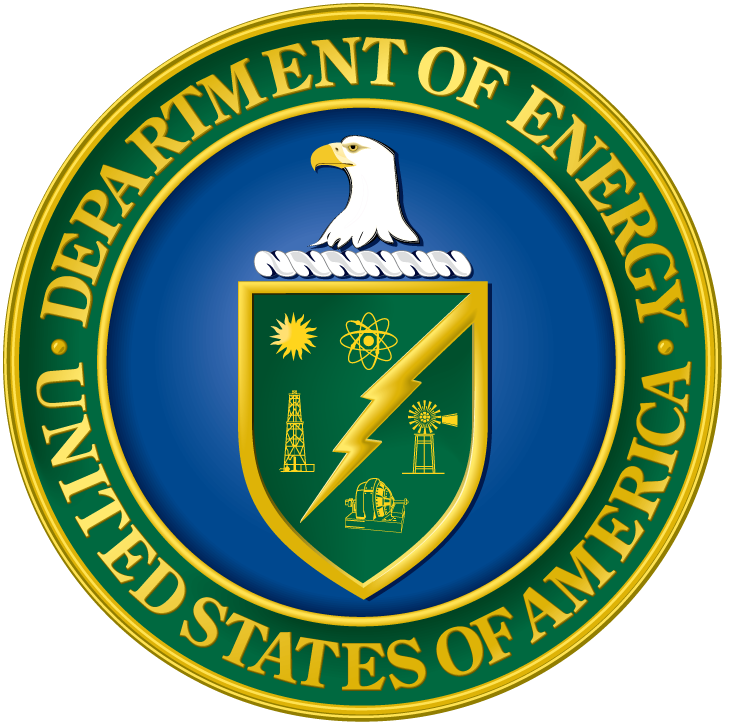Part 3 of 3 Parts (Please read Part 1 and Part 2 first)
It might be justifiable to carry out the research, design and development needed for drilling, shielding, and inserting canisters in Deep Isolations plan if and only if the result would be to lower the costs and improve the safety provided by the use of a single geological repository. However, in addition to the problems elaborated above, there is also the danger that the thin-walled canisters in boreholes would be more vulnerable to corrosion compared to the thick-walled canisters used in a geological repository.
Mined geological repositories are designed to include a variety of engineered and natural barriers to prevent the release of radioactive isotopes into groundwater and the biosphere. On the other hand, borehole disposal relies only on the geological barrier of the shale deposits. This means that advocates of borehole disposal will have to develop a safety case that will convince regulators, investors and the public that the geological barrier of shale deposits will be sufficient to isolate radioactive isotopes for at least a million years. This means that every borehole site will have to be extensively studied and analyzed which will increase the cost.
One of the major selling points of the borehole disposal approach is that their modularity would mean that they can be easily implemented at different sites. Sadly, for the advocates of boreholes, it turns out that each site will require extensive analysis which will offset the supposed benefits of the modularity. Stakeholders must be convinced that the lean engineered barrier of the shale deposit will be sufficient to provide the safety required.
It is critical for any important infrastructure project such as spent nuclear fuel disposal to reduce long-term performance uncertainty as low as possible. With respect to mined geological repositories, decades can be spent resolving uncertainties associated with the geological variables related to the flow of ground water in the vicinity of the buried spent fuel. There would need to be a first phase during which samples are collected and analyzed at several sites. An interim monitoring phase during which routine measurements are carried out to display the variability of those results would follow. Finally, there would be a construction phase that permits workers to validate the analysis carried out in the earlier phase.
In contrast to a geological repository approach, the deep borehole approach depends on rapid siting, drilling, waste emplacement and closure of the borehole. This allows little opportunity for monitoring a particular borehole. There is no way for scientists, regulators, or involved citizens to enter a rock cavern and ascertain with experience and careful examination whether or not the repository will be geologically stable for tens of thousands of years.
Nuclear waste experts have emphasized spent nuclear fuel disposal must be based on mature technology. However, there are very real dangers to any disposal system such as the collapse of society, the rise of a dictator with little concern for public safety, or a pandemic that crashes the economy.
It appears that a mined geological repository may still be the best answer to spent nuclear fuel disposal proposed to date. Sweden, Finland, Switzerland, France, Canada, China and Russia are all currently researching or constructing permanent geological repositories for nuclear waste. It would be best for the U.S. to work on scaling up one of these works in progress to be able to accept the thousand of tons of spent nuclear fuel stored in the U.S.
Radioactive Waste 761 – Problems With Using Deep Boreholes To Dispose Of Spent Nuclear Fuel – Part 3 of 3 Parts

Written by
in
